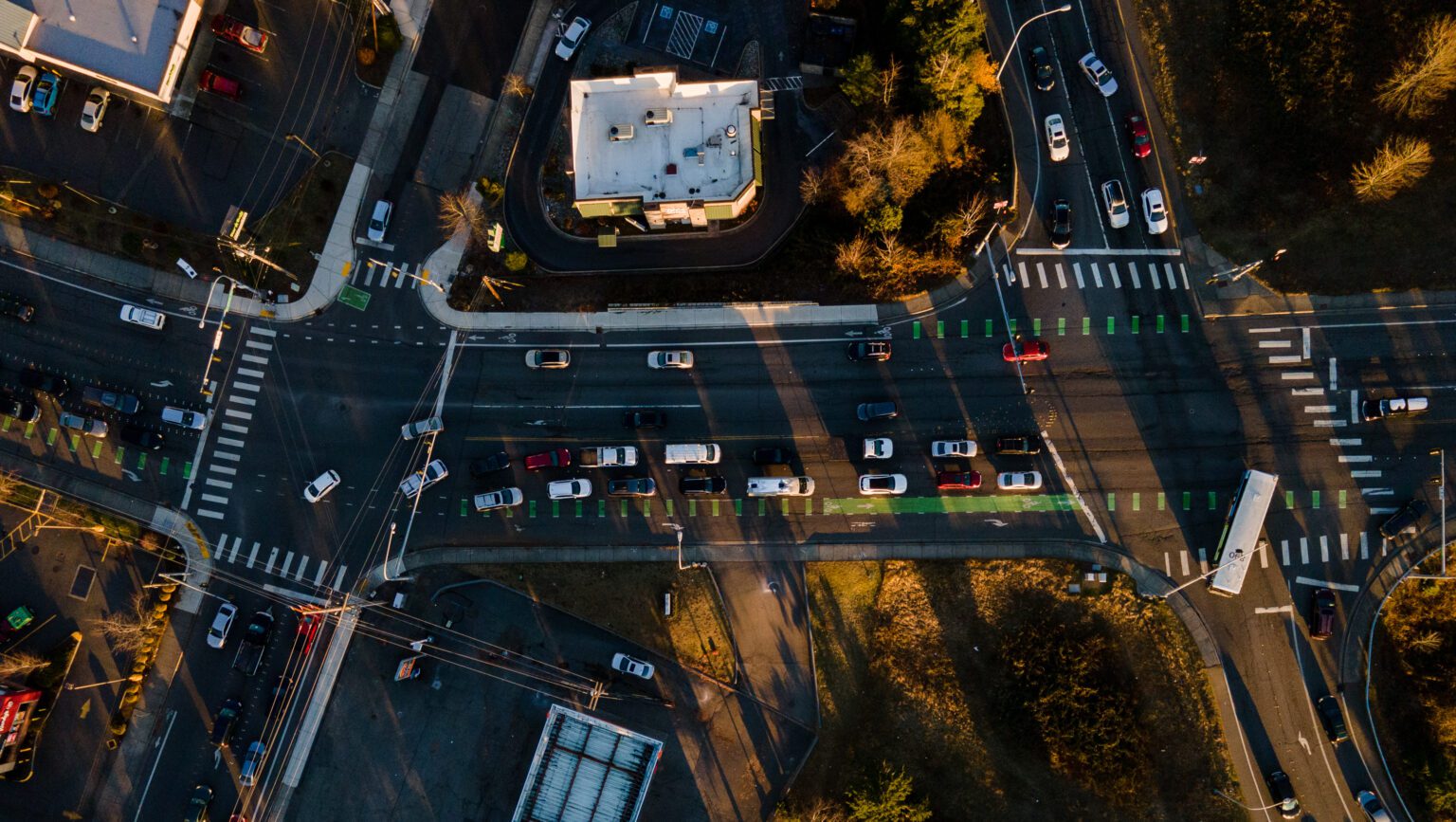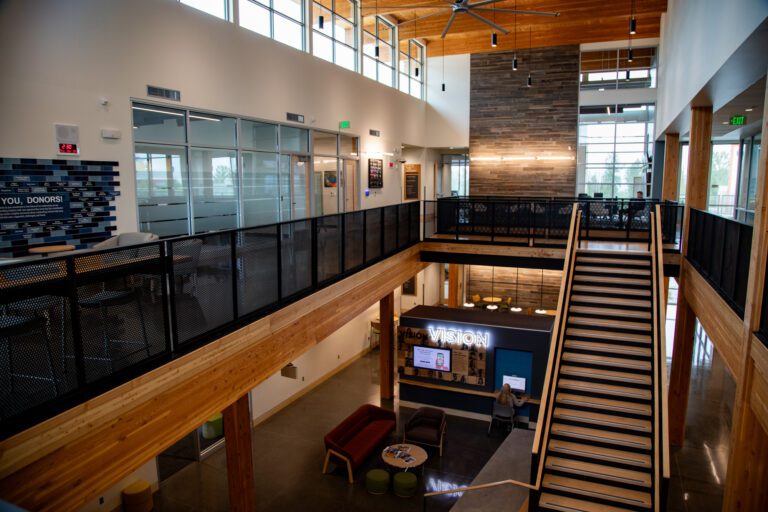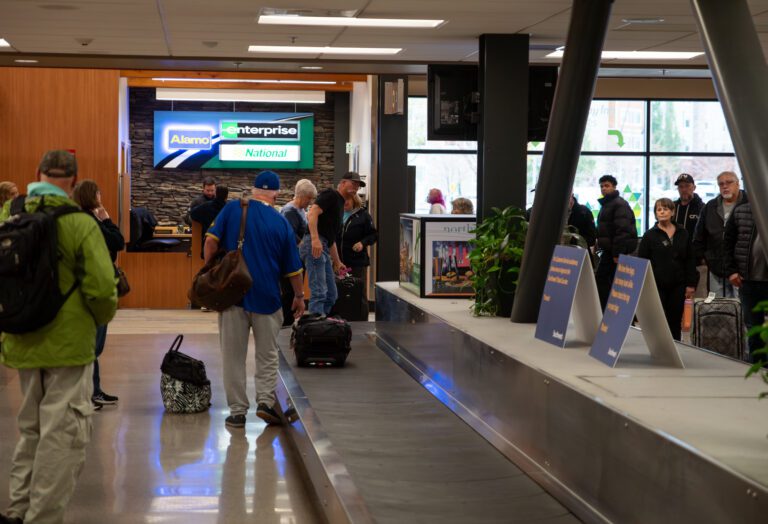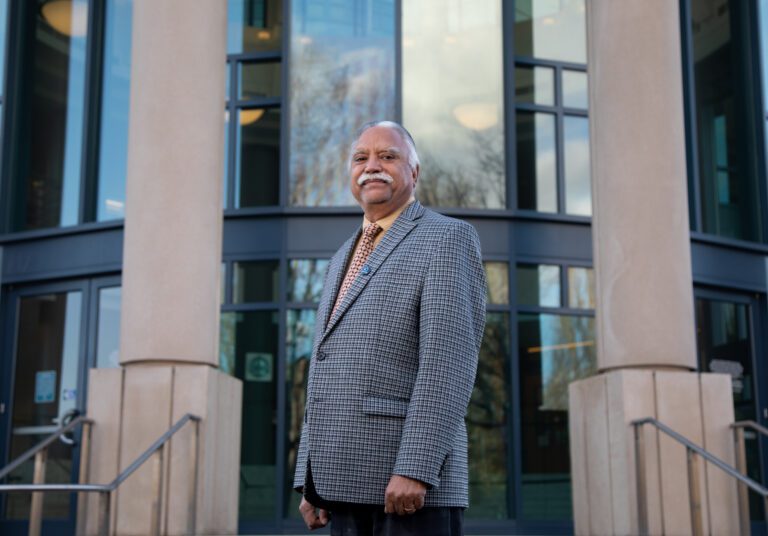On Samish Way, cars are taking a back seat.
Once a stretch of U.S. highway and now an important connector between Bellingham’s downtown and the Samish and Happy Valley neighborhoods, Samish Way is transforming from a vehicle-friendly thoroughfare to an urban village where pedestrians and bicyclists take priority.
As a result, Samish Way has become a full-on traffic jam after 5 p.m. on weeknights, from Bill McDonald Parkway all the way up to Ellis Street.
Kyle Peterson, a bartender at McKay’s Taphouse and Pizzeria, said he’s noticed vehicle traffic backing up in front of the restaurant, which sits on the short stretch of Maple Street that connects Samish Way and Ellis Street.
“It does impact the business,” Peterson said. “We have a lot of parking issues.”
At Cascade Herb Company, the cannabis dispensary down the street from McKay’s, floor manager Kerry Johnson suggested that heavy traffic on Samish Way is typical of the new normal in Bellingham.
“It’s like that all over town,” Johnson said. “It’s not just here.”
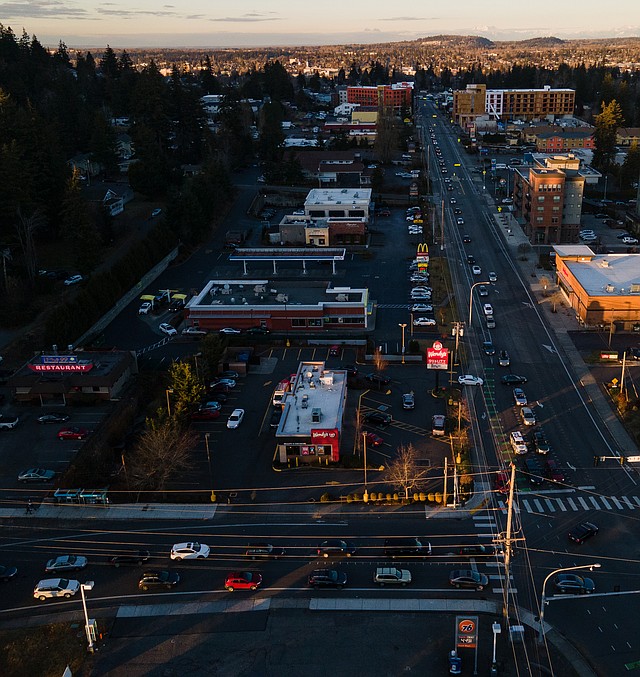 Cars back up on Samish Way heading toward Bill McDonald Parkway, pictured at the bottom, on Dec. 1. (Hailey Hoffman/Cascadia Daily News)
Cars back up on Samish Way heading toward Bill McDonald Parkway, pictured at the bottom, on Dec. 1. (Hailey Hoffman/Cascadia Daily News)
Traffic jams have coincided with another sudden change along Samish Way. Multi-story apartment buildings are sprouting up on either side of the street, replacing some of the motels and casual-dining establishments that catered to travelers.
The city’s online development dashboard shows a total of 386 units soon to come or already completed between Bill McDonald Parkway and Ellis Street — a number that doesn’t include all the new residences built over the past several years.
The residential boom in the Samish Way Urban Village is not the reason for the rush hour, Bellingham Public Works Director Eric Johnston said. In fact, Bellingham’s urban village concept is supposed to reduce traffic, at least compared to less dense, more suburban single-family developments, Johnston said.
Proof of that on Samish Way won’t come until the city conducts a traffic count next year.
According to the latest data, traffic volume has increased slightly on Samish Way, from 12,900 vehicles per day in 2009 to 14,300 in 2018 — before the neighborhood’s residential growth started in earnest.
But the long-term trend is downward: Samish Way saw 15,200 vehicles a day in 2001. In 1950, before Interstate 5 was built, the road was part of U.S. Highway 99 and 38,000 vehicles used it every day.
For people like Peterson, who can see the traffic outside his place of work, the reason for the backup is obvious.
“The bike lanes along there are causing more congested traffic,” he said.
The math is simple. As Johnston explains, if you reduce two lanes in each direction to one by adding a bicycle lane, you make the line of cars twice as long.
Johnston deflects the notion that a vocal minority of Bellingham bicyclists have taken over the city’s decision-making to make commuting more painful for a silent majority of gas-guzzlers. As evidence, the public works director points to the 2020 election, when more than 80% of voters approved funding for a transportation plan that heavily favors bicyclists and walkers.
Where does that leave individuals who get around town by car?
They fall on the bottom of the city’s inverted pyramid of priorities, Johnston said. Pedestrians and bicycles are on the top, followed by public transit, commercial vehicles and high-occupancy vehicles.
In other words, drivers who simply must use Samish Way between 5–6 p.m. should get used to stop-and-go traffic.
“Obviously, there are more people in cars than on bikes,” Johnston said. “But the reality is, we can’t build our way out of areas of congestion at small periods of time.”
Adding more lanes is just inviting more cars, and that goes against another city priority, Johnston said.
“Shifting away from reliance on single-occupancy vehicles is very much a part of our climate action plan,” he said.

